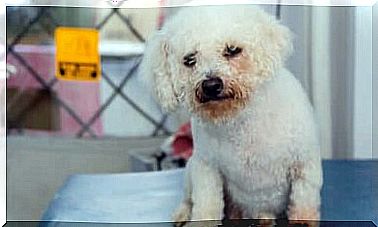Feline Chlamydiosis: Causes, Symptoms And Treatment
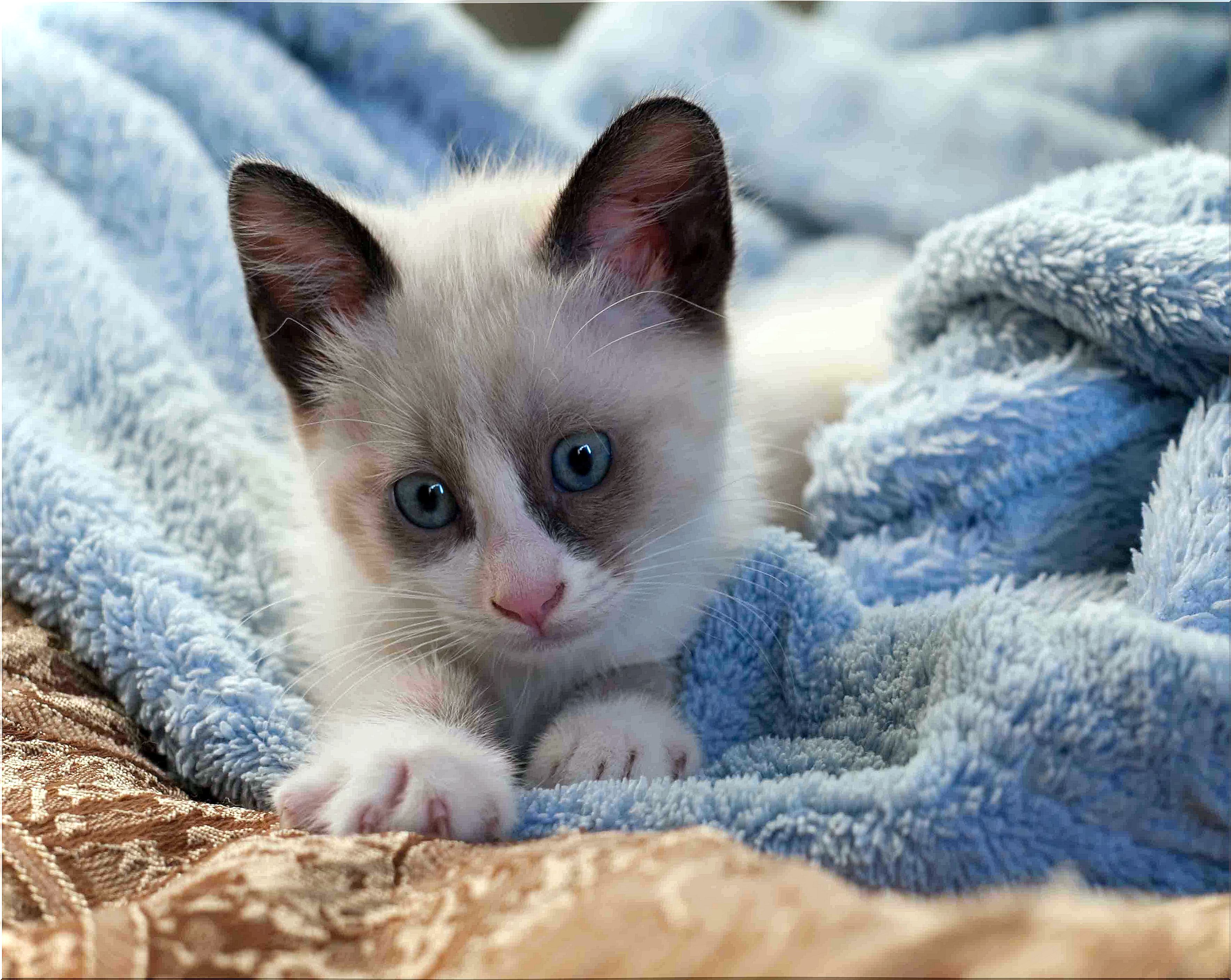
Chlamydiosis in breeding and shelters
The cause of this feline disease is a gram-negative bacterium: Chlamydophila felis . As it is not very resistant to the environment, a kitten is needed to shelter it so that contagion occurs.
Cats of all ages and all over the world suffer from this bacteria. However, it mainly affects animals between five weeks to three months old.
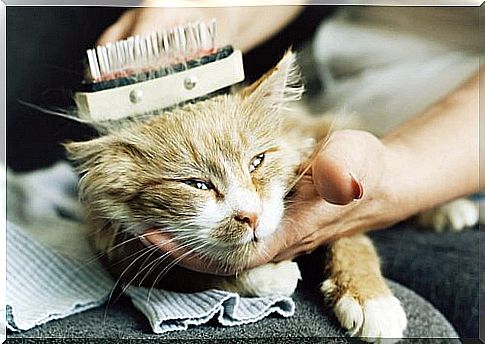
With an incubation period of 3 to 10 days, the formerly called feline pneumonitis is rarely fatal. Except in cases where there are complications due to other health problems of the animal, such as rhinotracheitis.
Feline Chlamydiosis: Symptoms
The first manifestations of feline chlamydiosis are secretions in one of the eyes. The appearance is similar to an itchy eyeball. Also, inflammation and redness in the cat’s third eyelid are very noticeable.
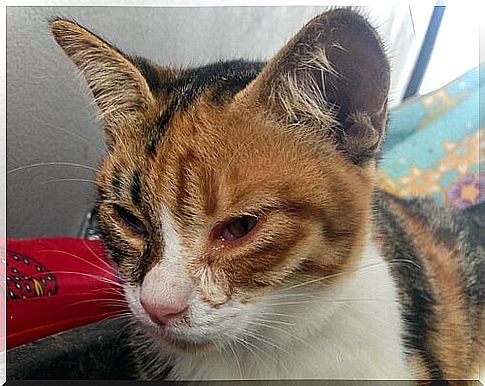
Over the days, the secretions become more viscous and take on a greenish color. Therefore, the other eye may be affected. Corneal ulcers can also appear.
The muzzle can be affected, generating nasal secretion and constant sneezing in the animal. The infection rarely reaches the lungs.
Also, the cat may have a passing fever. However, it is unlikely that you will lose your appetite during the development of the disease. In that case, you have to encourage him to eat and thus prevent him from weakening and losing weight.
disease treatment
Although 30% of conjunctivitis in cats is caused by Chlamydophila felis, the veterinarian needs to confirm the presence of the disease through a laboratory test. To do this, you will need to collect a sample for analysis.
Once the diagnosis is confirmed, the provider will prescribe antibiotics. They will be administered through eye drops and also orally or intravenously. Among the most used drugs are:
- Enrofloxacin
- Clindamycin
- Doxycycline
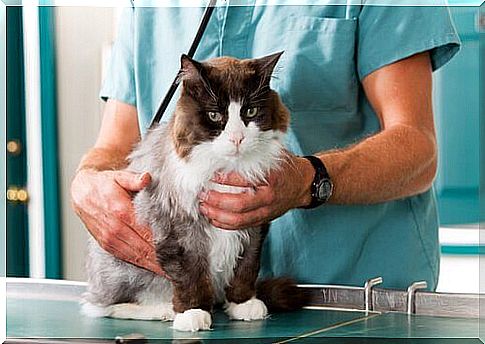
These drugs should generally be administered for about four weeks. Thus, it is possible to ensure that the bacteria is permanently eliminated. Anyway, the doctor must evaluate how the treatment should be carried out.
Feline Chlamydiosis: Prevention and Care
Cats with feline chlamydiosis should be kept isolated from healthy animals to prevent the spread of the disease. In addition, it is convenient to sanitize the area with a common disinfectant to eliminate bacteria. However, they tend to live for a short time in the environment.
During the course of the disease, it is necessary to clean the kitten’s eyes and nose with a handkerchief specially indicated for this task. The veterinarian will determine which is the most suitable. Keep in mind that even weeks or months later, a dark, sticky discharge can remain, especially in the tear ducts.
It remains to be clarified that feline chlamydiosis can be prevented through vaccination. However, it does not guarantee that the cat will not develop the disease, but it does alleviate the symptoms.
In any case, if you suspect that your cat has any symptoms of the disease, avoid further problems and see a trusted veterinarian urgently.




